Home>Gardening & Outdoor>Landscaping Ideas>What Height To Cut St. Augustine Grass
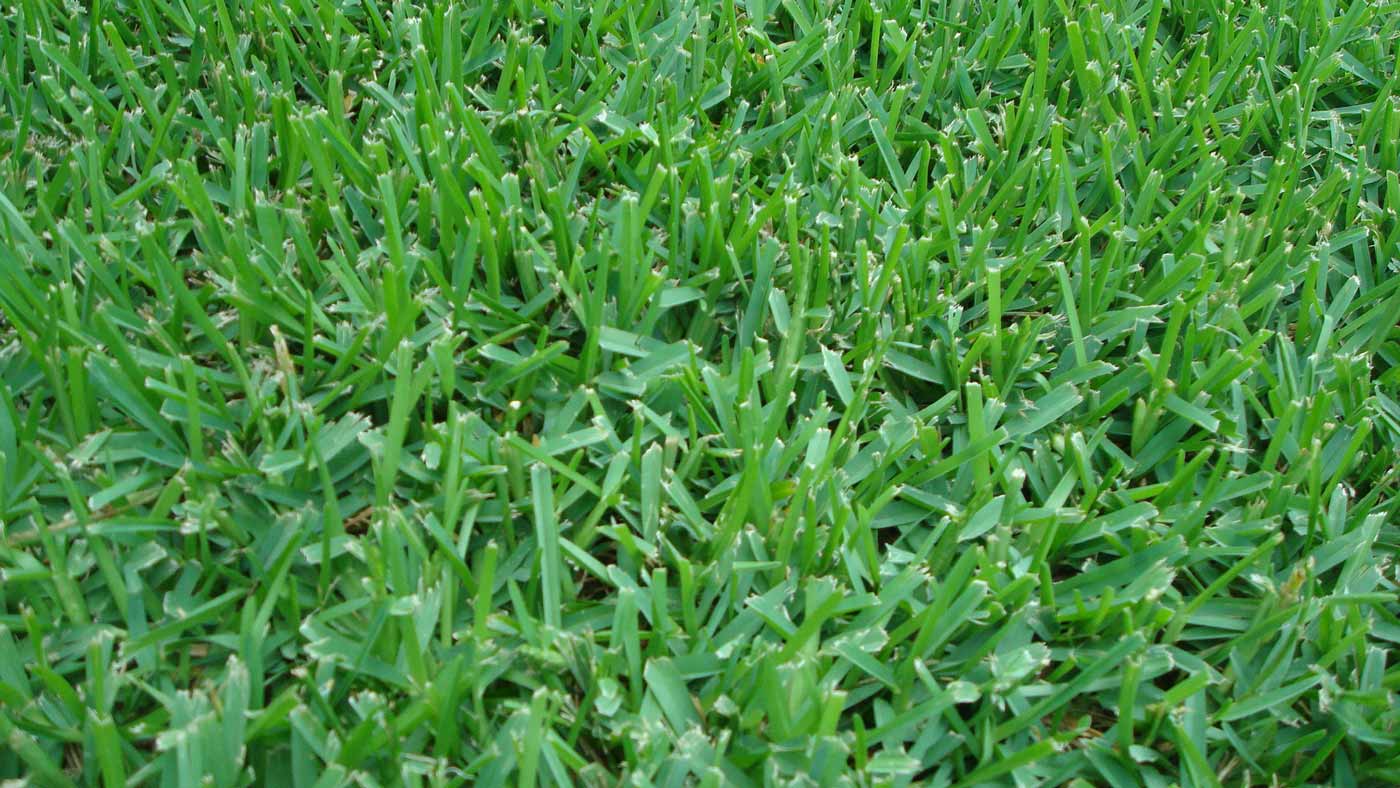

Landscaping Ideas
What Height To Cut St. Augustine Grass
Modified: February 18, 2024
Discover the best height for cutting St. Augustine grass with our expert landscaping ideas. Learn how to maintain a healthy and vibrant lawn.
(Many of the links in this article redirect to a specific reviewed product. Your purchase of these products through affiliate links helps to generate commission for Storables.com, at no extra cost. Learn more)
Introduction
St. Augustine grass is a popular choice for lawns due to its lush, green appearance and tolerance to heat and humidity. Proper maintenance is essential for the health and aesthetic appeal of St. Augustine grass, and one crucial aspect of its care is mowing. The height at which you mow St. Augustine grass can significantly impact its overall health and resilience. In this article, we will delve into the optimal height for cutting St. Augustine grass and explore the best practices for maintaining a vibrant and thriving lawn. Understanding the nuances of mowing this particular grass species is key to ensuring its longevity and visual allure. Let's embark on a journey to uncover the secrets of cultivating a beautifully manicured St. Augustine grass lawn.
Key Takeaways:
- Optimal mowing height for St. Augustine grass is 2.5 to 4 inches, but it can vary based on shade, season, and root development. Tailoring mowing practices promotes a healthy, vibrant lawn.
- Best mowing practices, such as using sharp blades, adhering to the one-third rule, and adjusting mowing height, contribute to a lush, resilient St. Augustine grass lawn. Consistent care enhances outdoor beauty.
Read more: How Short To Cut St. Augustine Grass
Understanding St. Augustine Grass
St. Augustine grass (Stenotaphrum secundatum) is a warm-season grass known for its lush, dense growth and vibrant green color. Native to the tropics and subtropics, this grass species thrives in regions with mild winters and hot, humid summers. It is commonly found in the southern United States, coastal areas, and other warm, humid climates around the world.
One of the key characteristics of St. Augustine grass is its rapid growth and vigorous spreading through above-ground stolons, which are horizontal stems that produce roots and new shoots at each node. This growth habit enables the grass to form a thick, carpet-like lawn that can withstand moderate foot traffic and recover from minor damage.
St. Augustine grass is well-suited for lawns due to its ability to tolerate a variety of soil types, including sandy and clay soils, as well as its moderate shade tolerance. It is known for its excellent heat tolerance and ability to maintain its vibrant green color during the growing season.
While St. Augustine grass offers numerous advantages, it also has specific maintenance requirements. Understanding these requirements is crucial for promoting the health and vitality of the grass. Proper mowing practices, including the appropriate mowing height, play a significant role in maintaining a robust St. Augustine grass lawn.
Factors to Consider
When determining the optimal height for cutting St. Augustine grass, several factors come into play. Understanding these factors is essential for tailoring your lawn care practices to the specific needs of this grass species. Here are the key considerations to keep in mind:
- Growth Habits: St. Augustine grass has a vigorous growth habit, characterized by its above-ground stolons that spread rapidly. The mowing height should align with the grass’s growth pattern to encourage healthy regrowth and maintain the desired appearance of the lawn.
- Climate and Region: The climate and region in which the grass is cultivated can influence the optimal mowing height. Factors such as temperature, humidity, and sunlight exposure play a role in determining the ideal height for cutting St. Augustine grass.
- Seasonal Variations: The mowing height may need to be adjusted based on the season. During periods of active growth, a different mowing height may be suitable compared to periods of dormancy or slower growth.
- Soil Conditions: The soil type and its moisture retention properties can impact the health of St. Augustine grass. Understanding the soil conditions allows for adjustments in mowing height to promote optimal growth and resilience.
- Lawn Usage: Consider the intended use of the lawn, such as recreational activities or purely ornamental purposes. The mowing height can be tailored to accommodate the level of foot traffic and activities taking place on the lawn.
By taking these factors into account, you can make informed decisions regarding the mowing height for St. Augustine grass, ultimately contributing to a thriving and visually appealing lawn.
For St. Augustine grass, it’s best to mow at a height of 3.5 to 4 inches. This helps the grass develop a strong root system and shade out weeds.
Optimal Height for Cutting St. Augustine Grass
Choosing the right mowing height is crucial for maintaining the health and beauty of St. Augustine grass. The optimal height for cutting this grass species typically falls within the range of 2.5 to 4 inches. However, the specific height within this range may vary based on various factors, including the specific cultivar of St. Augustine grass and the growing conditions. Here are some key considerations for determining the optimal mowing height:
- Shade Tolerance: In areas with moderate to heavy shade, allowing the grass to grow slightly taller, closer to the upper end of the recommended range, can help enhance its ability to capture sunlight and thrive in shaded conditions.
- Seasonal Adjustments: During periods of active growth, such as spring and summer, maintaining the grass at the lower end of the recommended height range can promote a dense, well-manicured appearance. In contrast, raising the mowing height slightly during periods of heat stress or drought can aid in moisture retention and stress tolerance.
- Root Development: Allowing St. Augustine grass to grow at a taller height can encourage deeper root development, which contributes to the grass’s overall resilience and ability to withstand environmental stressors.
- Mowing Frequency: The frequency of mowing should also be taken into account when determining the optimal mowing height. Regular mowing at the appropriate height helps maintain the desired appearance and prevents the grass from becoming excessively tall, which can lead to thatch buildup and reduced air circulation.
It’s important to note that mowing height is not a one-size-fits-all approach, and adjustments may be necessary based on specific lawn conditions and regional factors. Consulting with local horticultural experts or extension services can provide valuable insights into fine-tuning the mowing height for St. Augustine grass in your particular area.
By carefully considering these factors and tailoring the mowing height to suit the unique requirements of St. Augustine grass, you can promote a healthy, vibrant lawn that enhances the overall appeal of your outdoor space.
Best Practices for Mowing St. Augustine Grass
Mowing St. Augustine grass requires a thoughtful approach to ensure the grass remains healthy and visually appealing. Implementing best practices for mowing can contribute to the overall well-being of the lawn. Here are some essential guidelines to consider:
- Sharp Blades: Always use sharp mower blades to achieve clean, precise cuts. Dull blades can tear the grass, leading to a ragged appearance and potential stress on the grass plants.
- Mowing Frequency: Adhere to the one-third rule, which recommends removing no more than one-third of the grass blade height in a single mowing session. Frequent mowing at the appropriate height helps maintain a neat appearance and supports healthy regrowth.
- Adjust Mowing Height: As the seasons change and environmental conditions fluctuate, be prepared to adjust the mowing height within the recommended range to accommodate the grass’s varying needs.
- Dry Mowing: Whenever possible, mow St. Augustine grass when it’s dry to achieve cleaner cuts and minimize the risk of disease spread, particularly in humid climates.
- Clipping Management: Allowing grass clippings to remain on the lawn can contribute valuable nutrients back to the soil. However, if the clippings are excessive, consider collecting and composting them to prevent thatch buildup.
- Timing of Mowing: Avoid mowing during the hottest part of the day to prevent stress on the grass. Opt for early morning or late afternoon sessions when the grass is less likely to be subjected to intense heat.
- Alternate Mowing Patterns: Vary the mowing direction with each session to prevent the grass from developing a grain or leaning in a specific direction. This practice promotes upright growth and an even appearance.
By incorporating these best practices into your mowing routine, you can contribute to the overall health and aesthetics of your St. Augustine grass lawn. Consistent and thoughtful mowing practices play a vital role in nurturing a vibrant and resilient lawn that enhances the outdoor environment.
Read more: How High To Cut St. Augustine Grass
Conclusion
Understanding the optimal height for cutting St. Augustine grass is a fundamental aspect of maintaining a thriving and visually appealing lawn. By considering the unique growth habits of this warm-season grass and factoring in regional and seasonal variations, you can tailor your mowing practices to promote the grass’s health and resilience.
Choosing the right mowing height, typically within the range of 2.5 to 4 inches, allows for flexibility in accommodating different lawn conditions and usage patterns. By adjusting the mowing height based on shade tolerance, seasonal changes, and root development, you can optimize the overall well-being of your St. Augustine grass lawn.
Implementing best practices for mowing, such as using sharp blades, adhering to the one-third rule, and adjusting the mowing height as needed, contributes to the long-term vitality of the grass. By carefully managing mowing frequency, timing, and clipping disposal, you can foster a lush, vibrant lawn that enhances the outdoor landscape.
Ultimately, the proper mowing height and thoughtful mowing practices are essential components of comprehensive lawn care for St. Augustine grass. By integrating these strategies into your lawn maintenance routine, you can enjoy the beauty and resilience of a well-manicured St. Augustine grass lawn for years to come.
Embark on this journey of understanding and nurturing your St. Augustine grass, and witness the transformation of your outdoor space into a lush, inviting haven.
Frequently Asked Questions about What Height To Cut St. Augustine Grass
Was this page helpful?
At Storables.com, we guarantee accurate and reliable information. Our content, validated by Expert Board Contributors, is crafted following stringent Editorial Policies. We're committed to providing you with well-researched, expert-backed insights for all your informational needs.
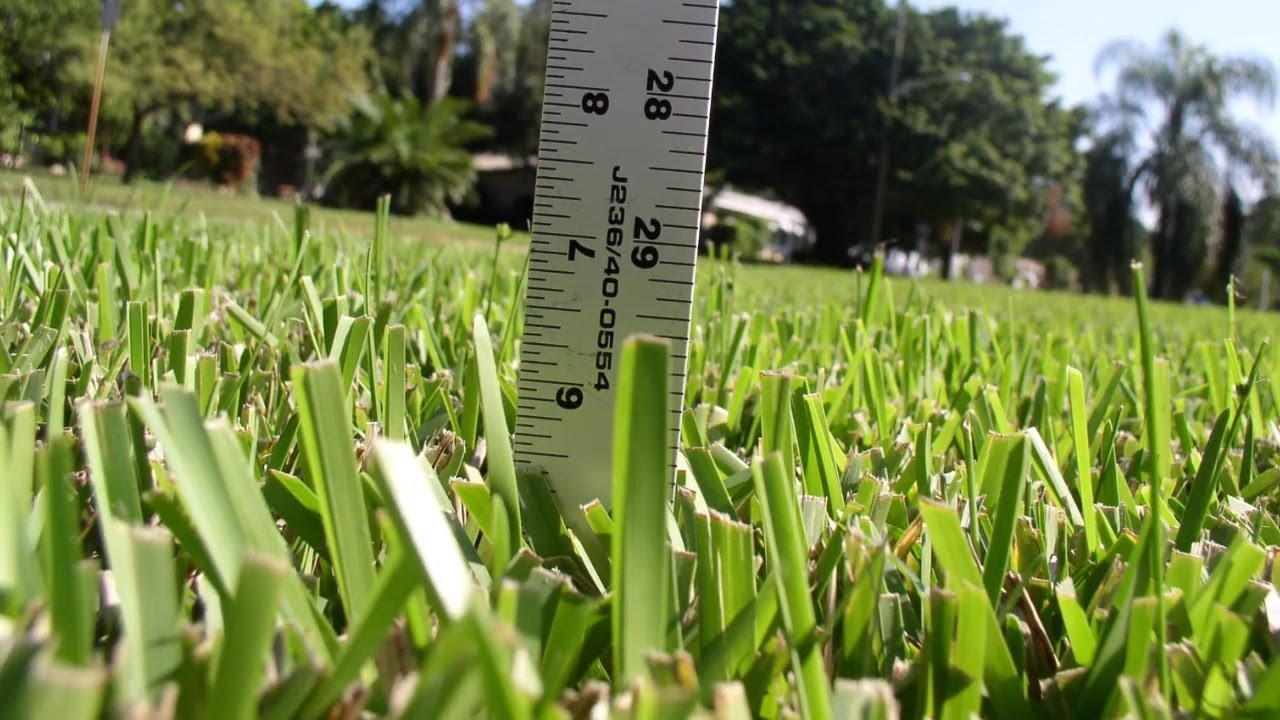
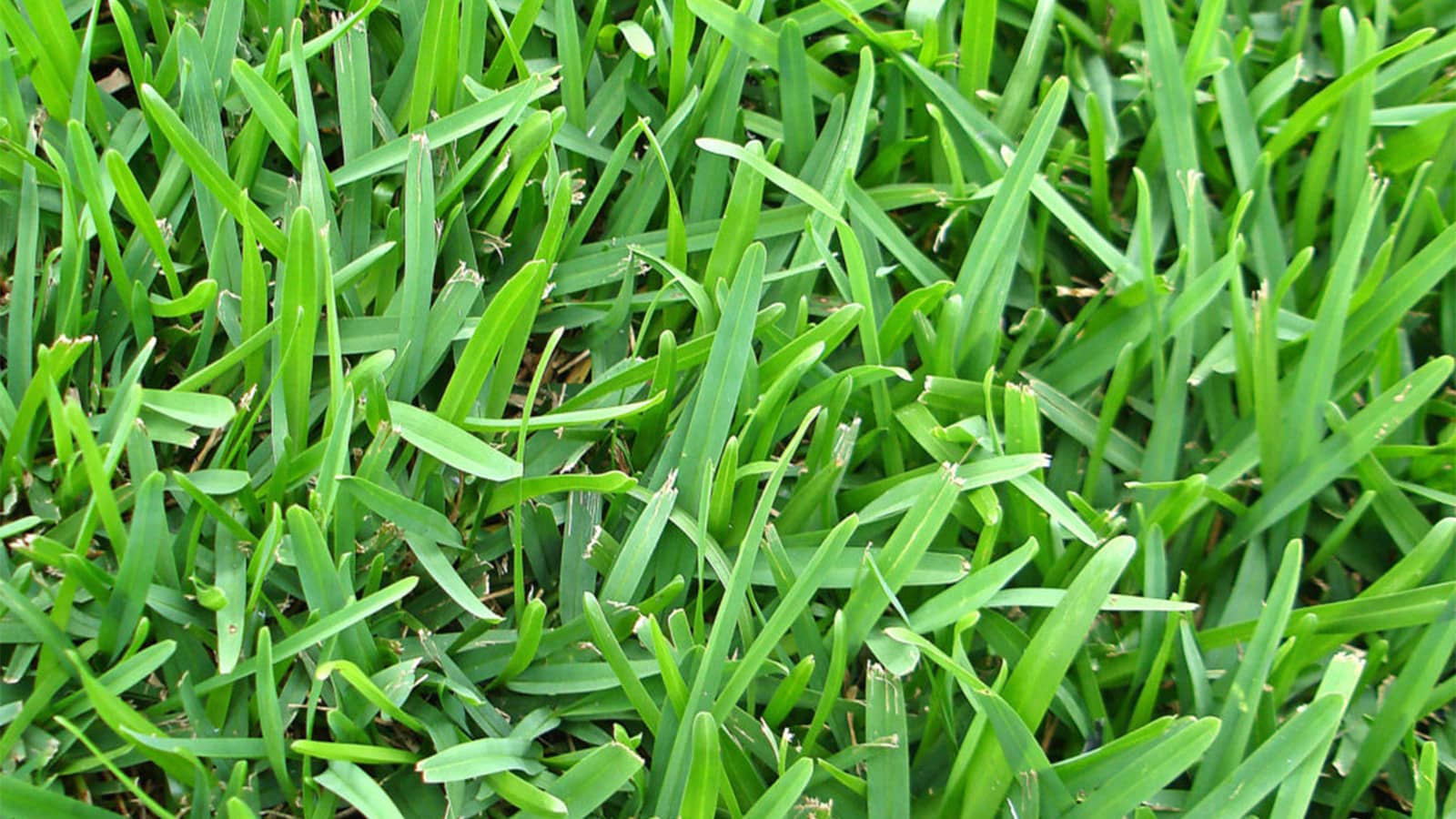

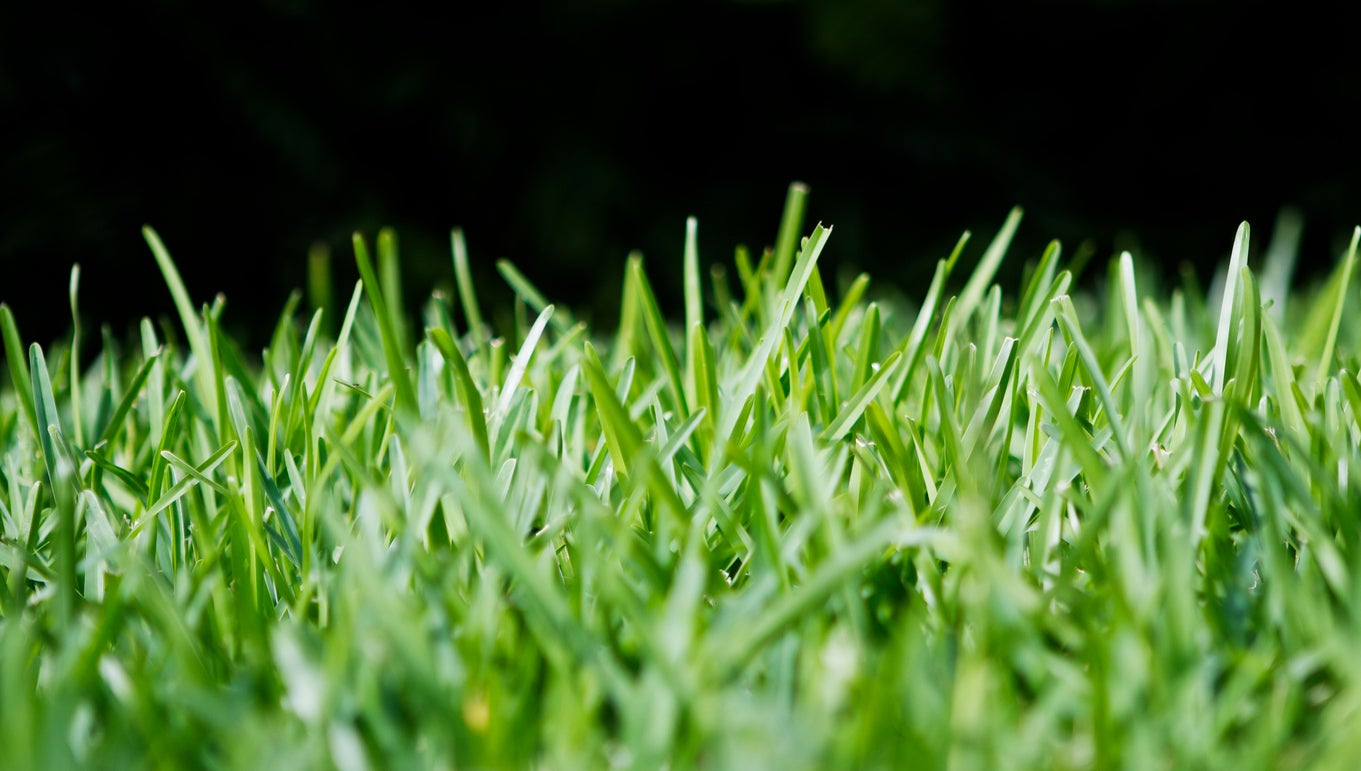
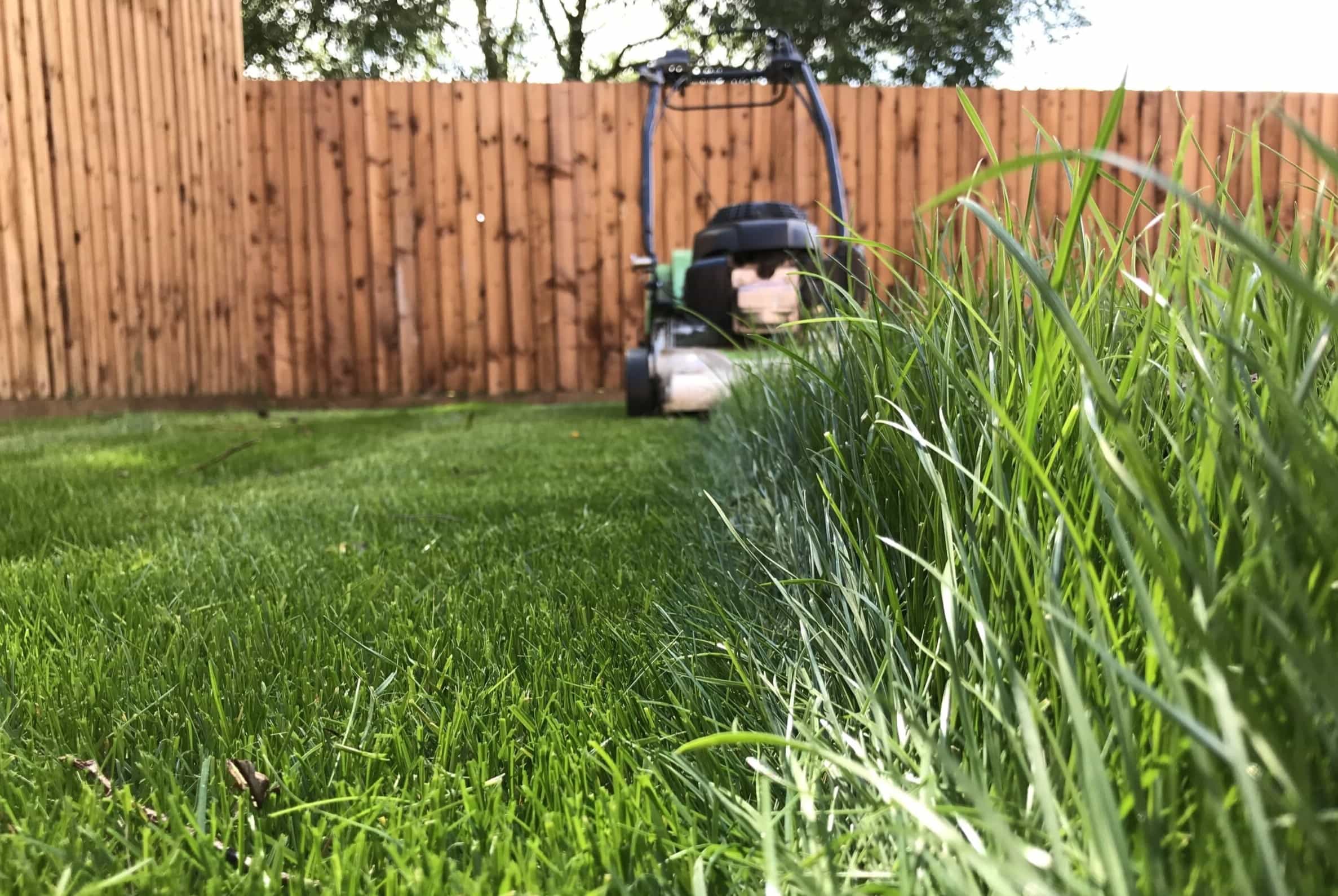
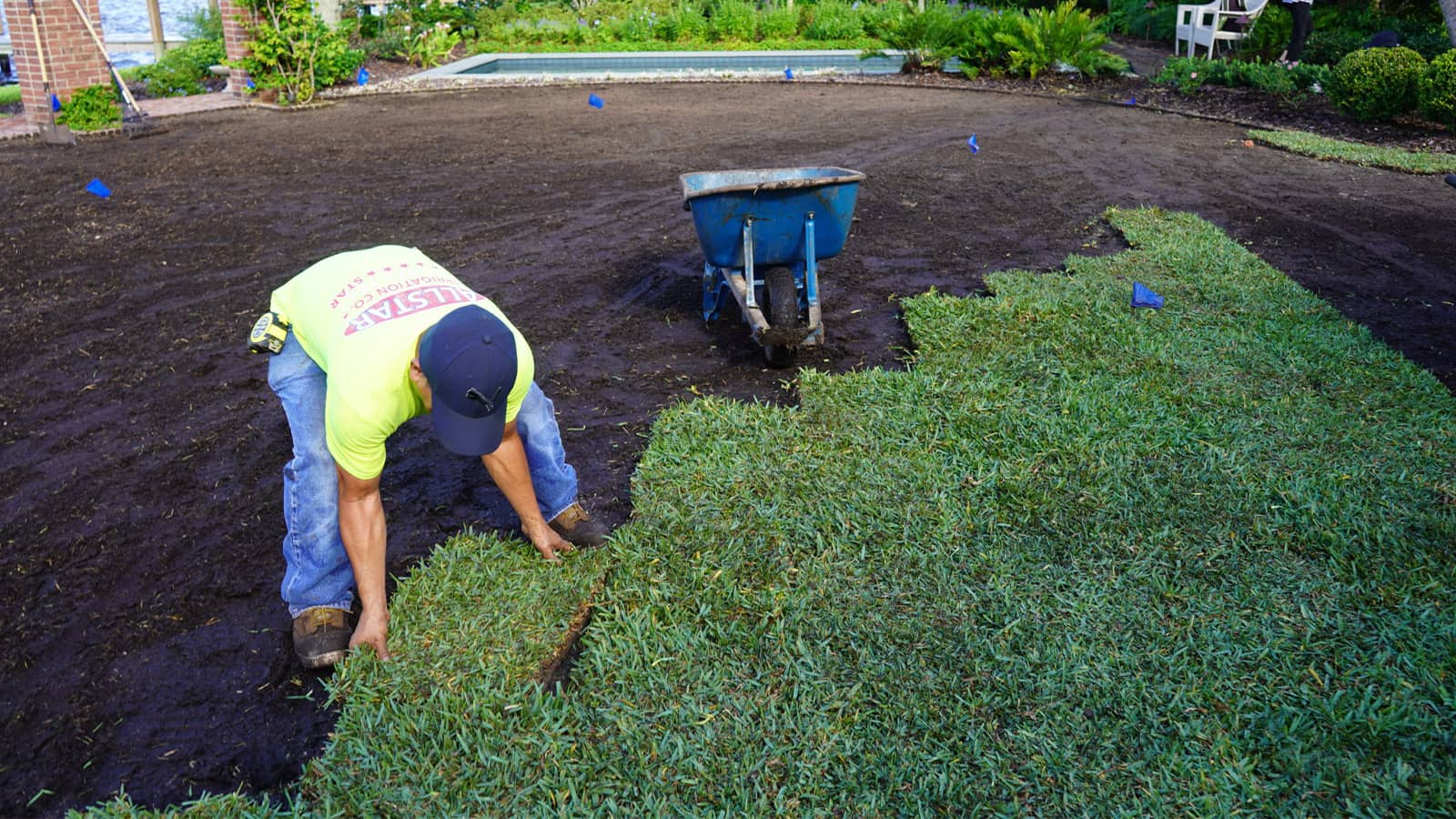
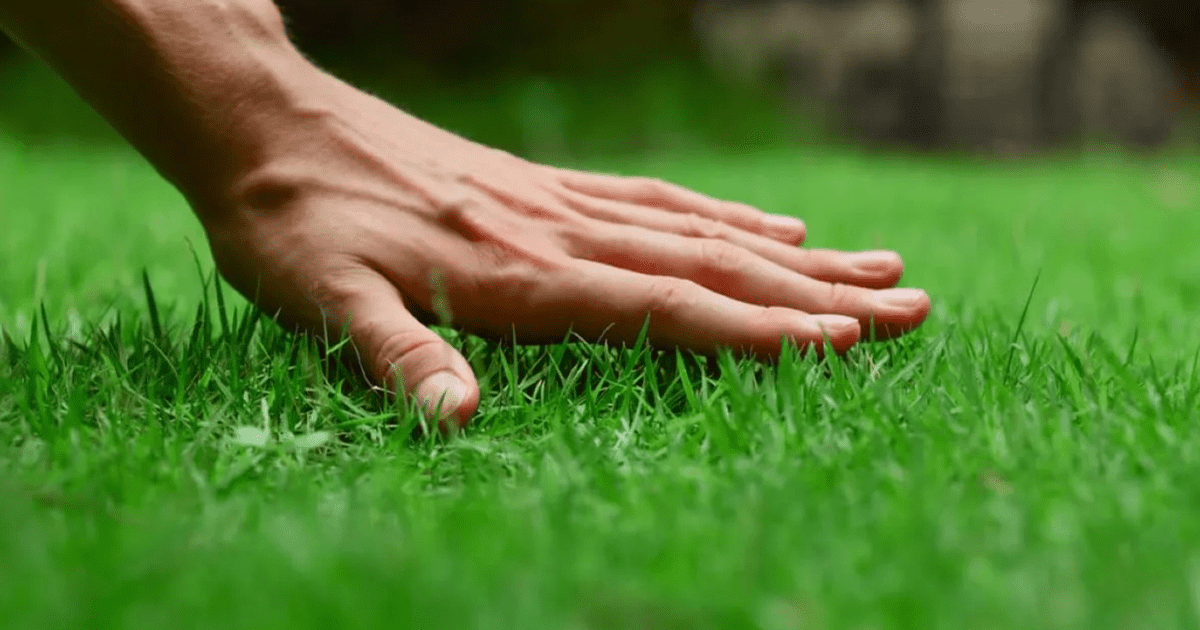
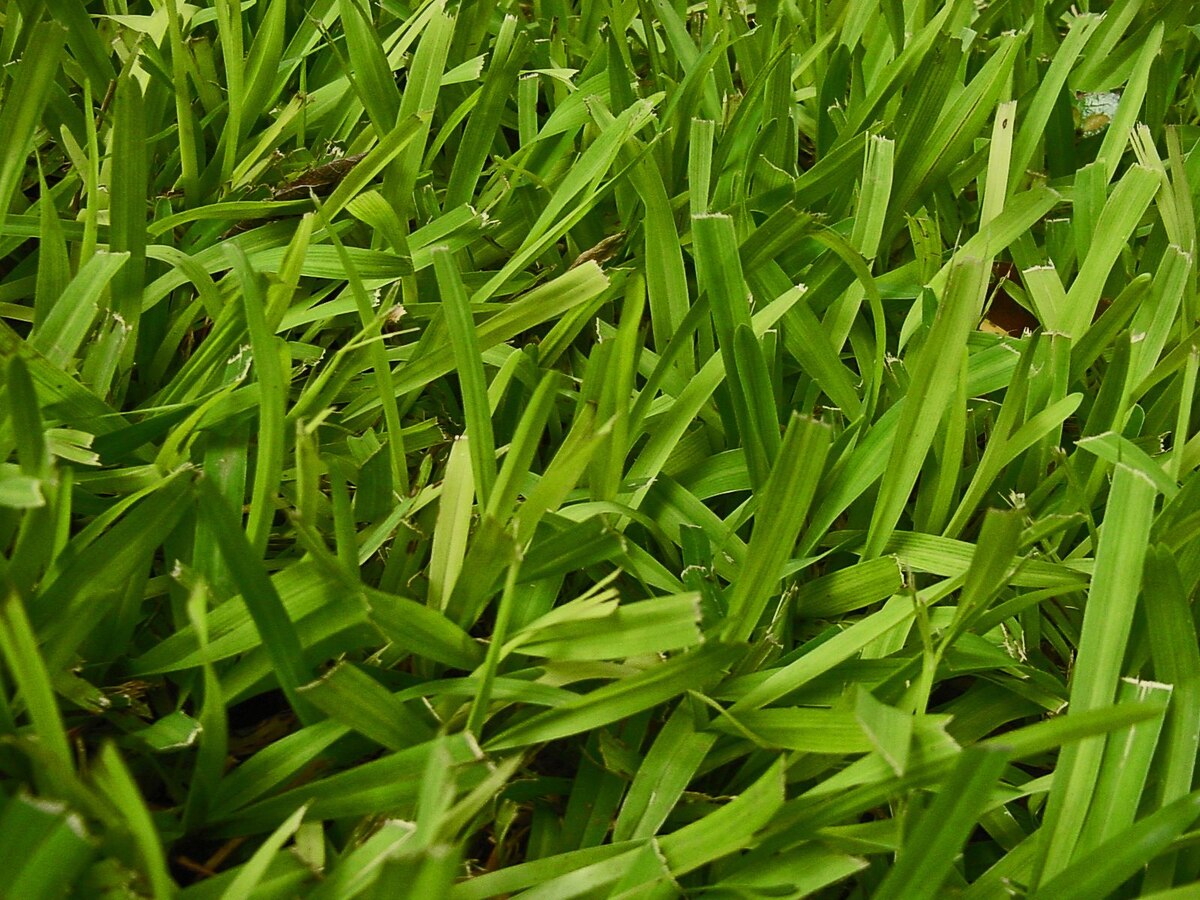
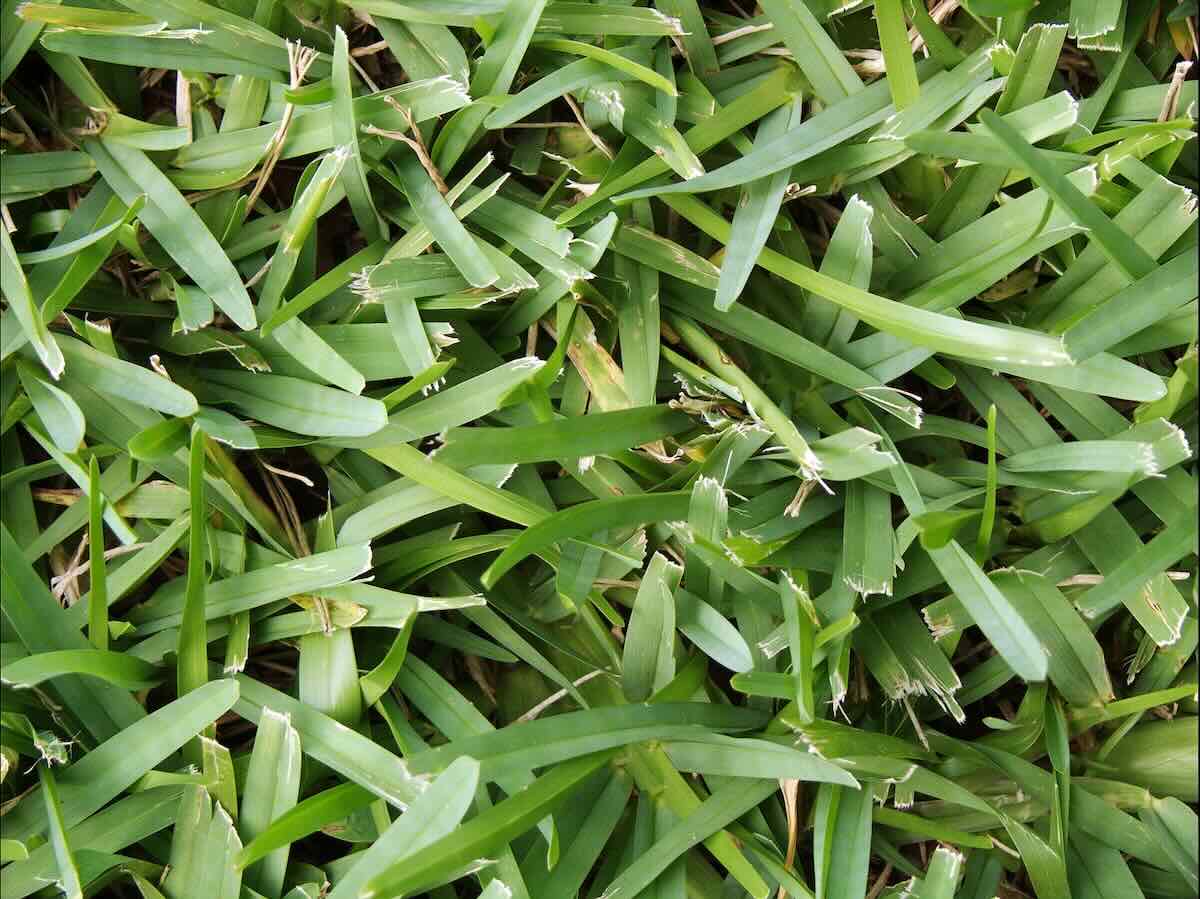
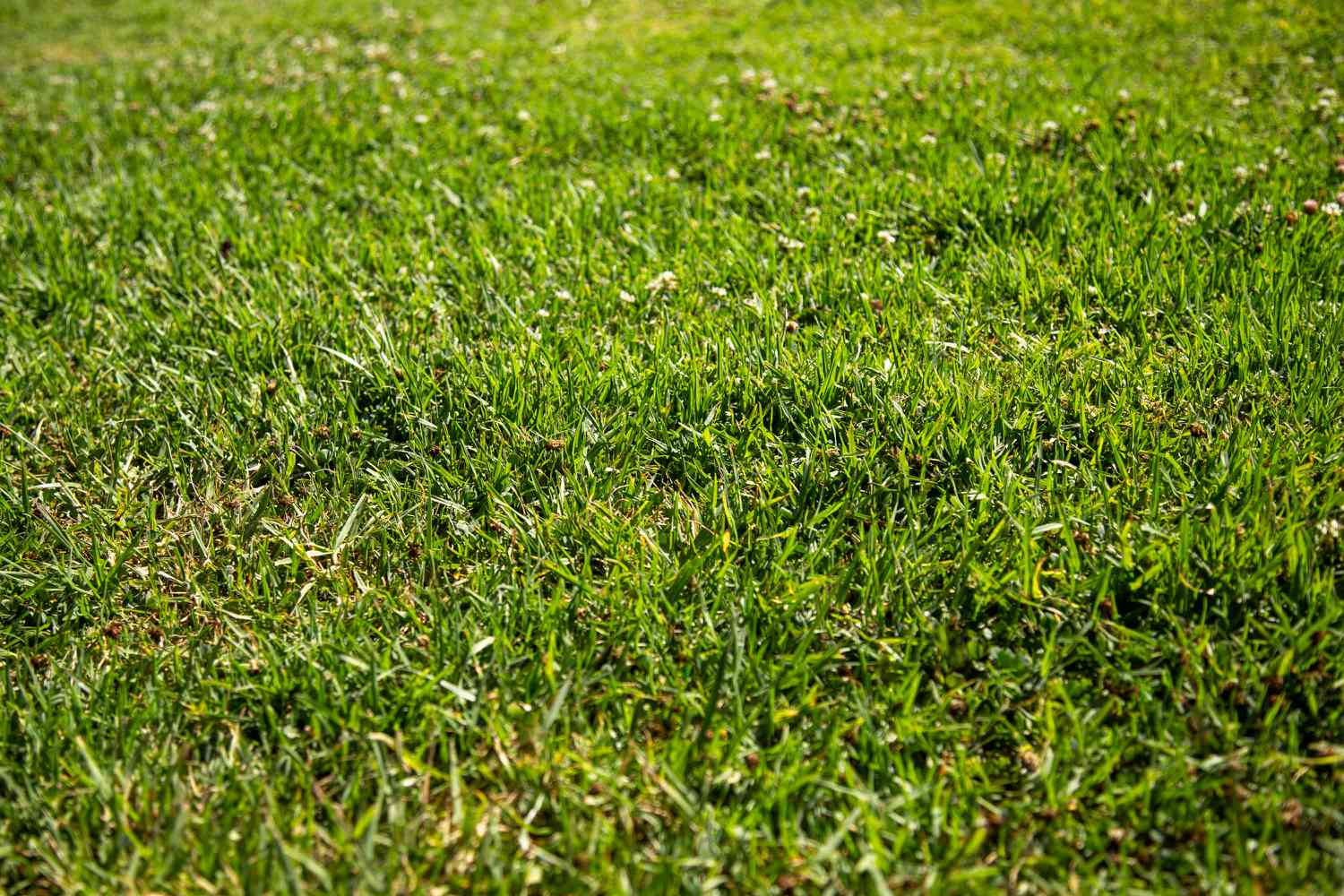
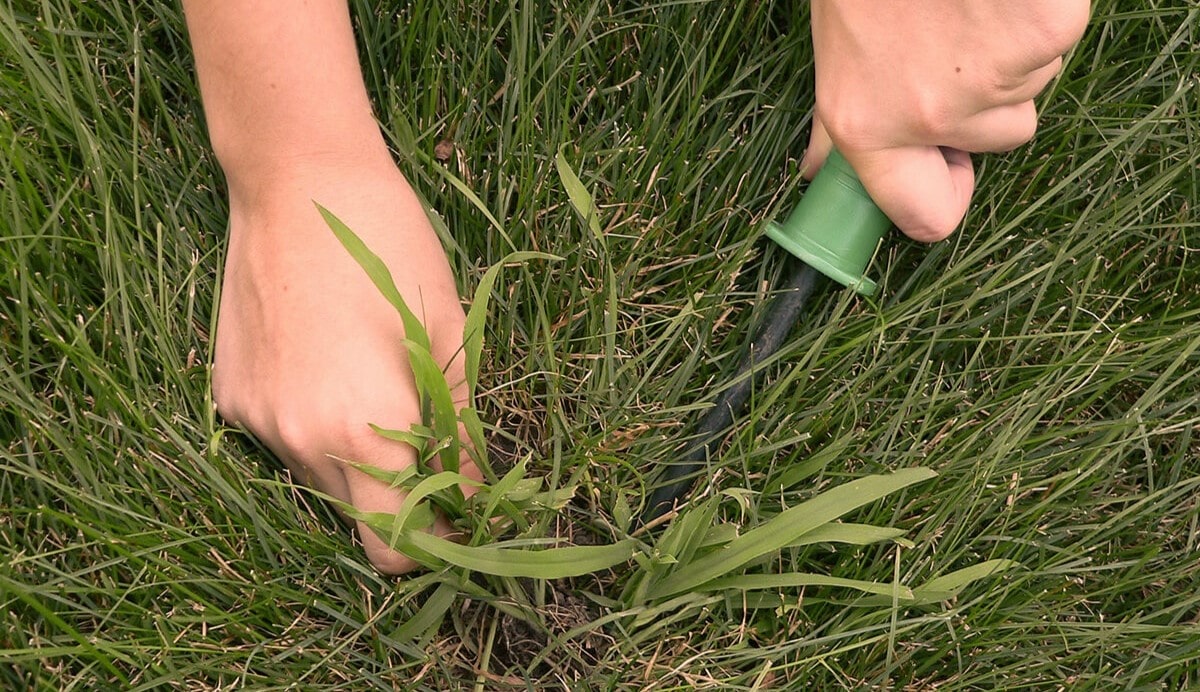
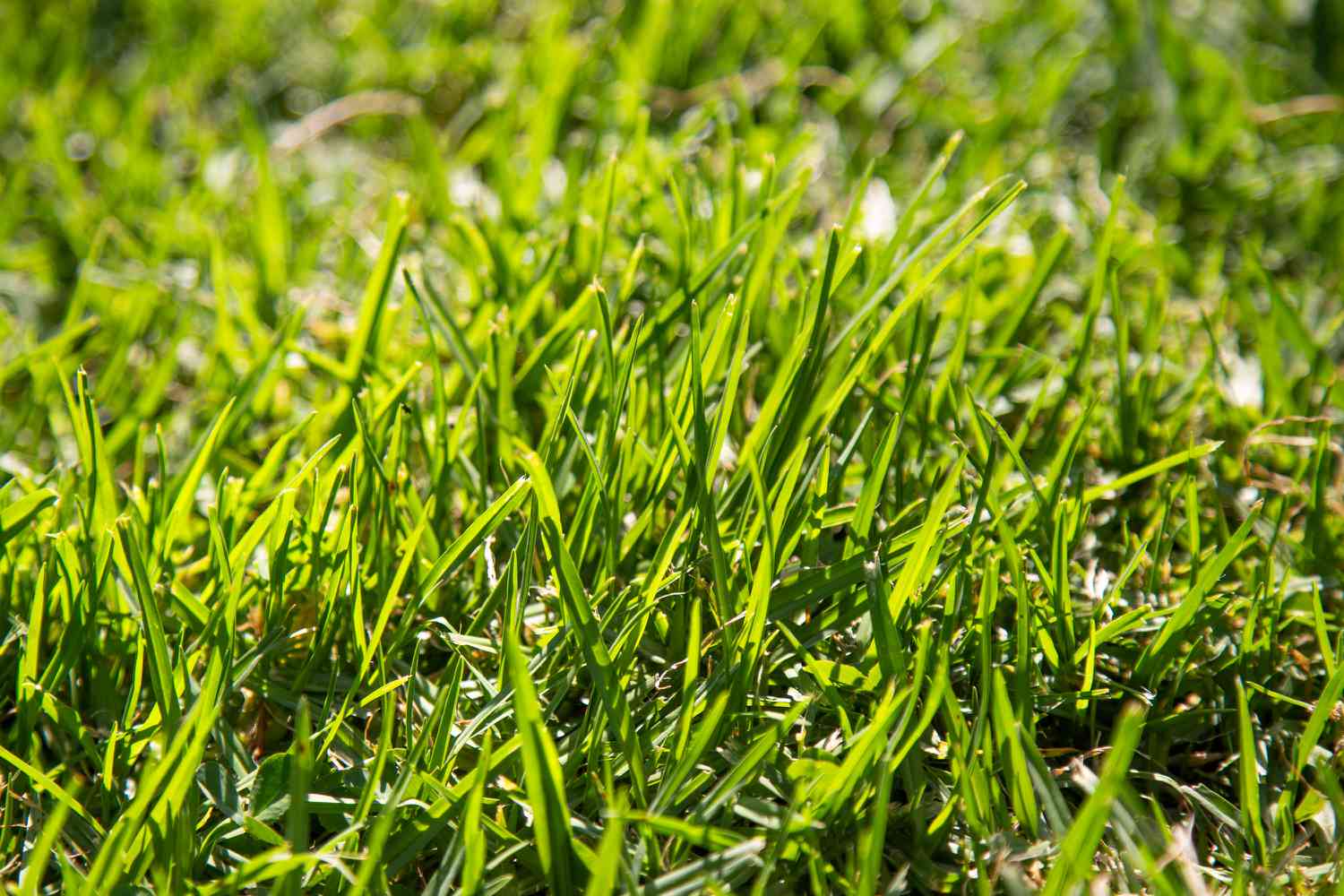
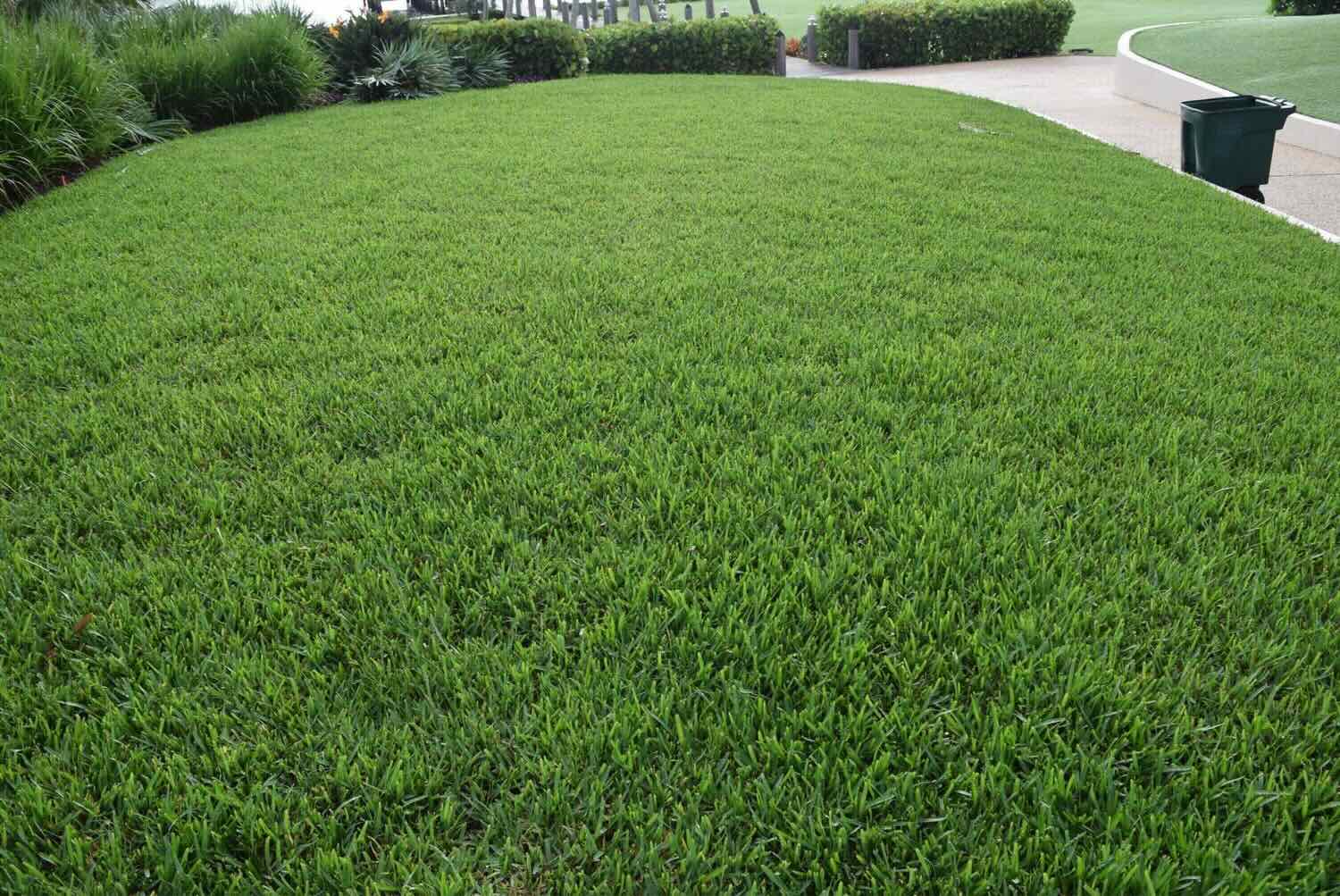
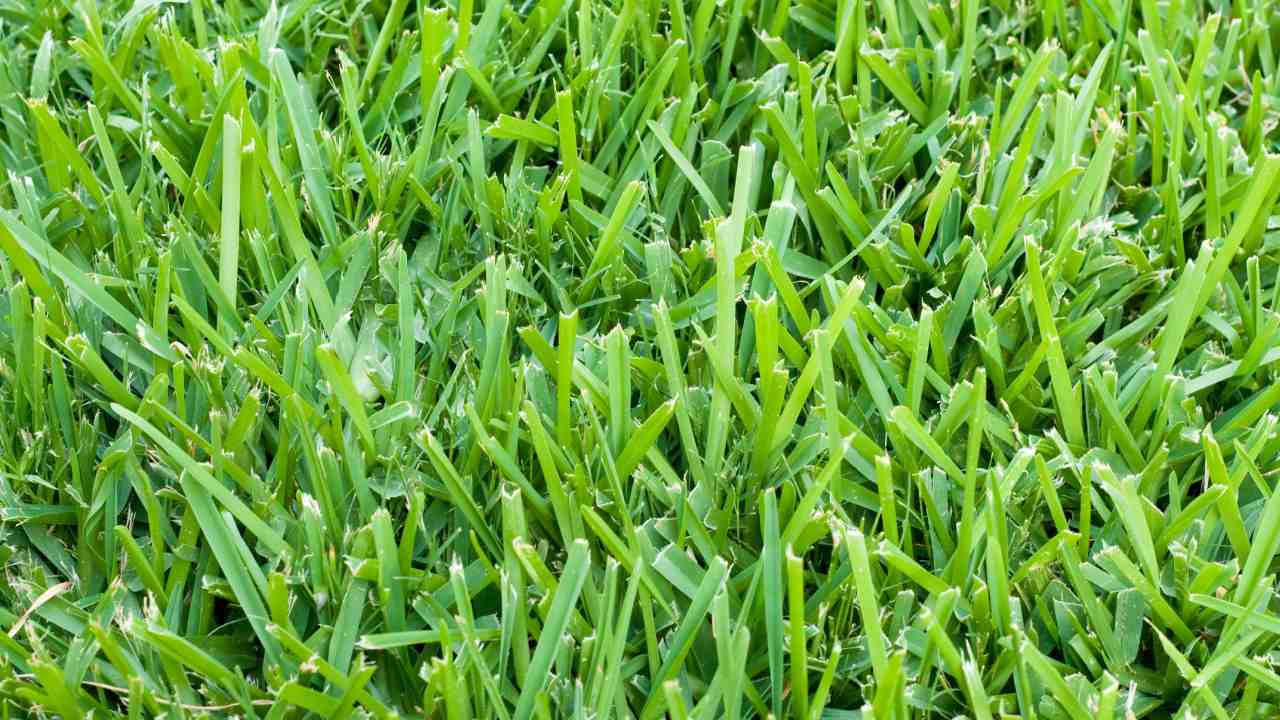

0 thoughts on “What Height To Cut St. Augustine Grass”